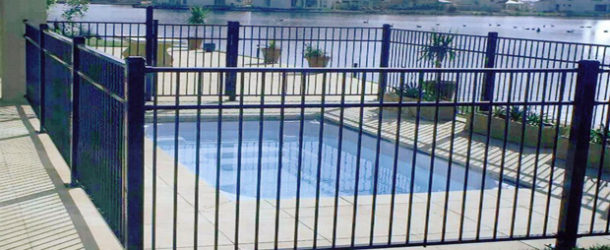With the Dog Days of August already upon us, the hot weather continues. As a result, children and their guardians may visit public or private pools, or head to the beach to cool off on steamy days. While ‘fun in the sun’ can be just that, the Massachusetts Department of Public Health issues this warning: Drowning is the leading cause of death among children nationally and in the Bay State. With this said there are precautions parents and guardians should take. Here are some safety tips taken directly from the website of the Massachusetts Department of Public Health.
Backyard pools, whether in-ground or above-ground, are the highest risk for children under the age of 5. Drowning incidents often look different than what most might expect, with little splashing or cries for help. Once a child is in danger, it can take as few as 20 seconds to fall below the water and only minutes to drown.
To help prevent water-related injury and drowning:
- Children should be supervised in and around water at all times.
- Designate an adult “water watcher.” Being a water watcher means just that — avoiding any kind of distracting activity such as talking on the phone, not even for a moment.
- Whenever infants and toddlers are in or around water, including the bathtub, an adult should be within an arm’s length at all times providing “touch supervision.”
- Do not drink alcohol while supervising children.
- Install a four-sided pool fence that completely separates the house and play area of the yard from the pool area.
- After the children are done swimming, secure the pool so they cannot get back in.
- Consider additional barriers such as automatic door locks or alarms to prevent access or notify you if someone enters the pool area.
- Remove floats, balls and other toys from the pool after use so that children are not tempted to reach for them.
- Keep rescue equipment (such as a shepherd’s hook or life preserver) and a telephone by the pool.
- For children who cannot swim, use a U.S. Coast Guard-guard approved life jacket. Do not use air-filled or foam toys, such as “water wings,” “noodles,” or inner-tubes, in place of life jackets. These toys are not designed to keep swimmers safe.
- Learn cardiopulmonary resuscitation (CPR). The Red Cross offers a wide selection of CPR/AED, first aid, lifeguarding, swimming and water safety, caregiving, disaster response and emergency preparedness training. For information on classes, visit www.redcross.org/mo2s.
Additionally, when swimming in public swimming areas:
- Select swimming sites that have lifeguards, whenever possible.
- Swim only in designated swimming areas.
- Always swim with a buddy.










Comments are closed.